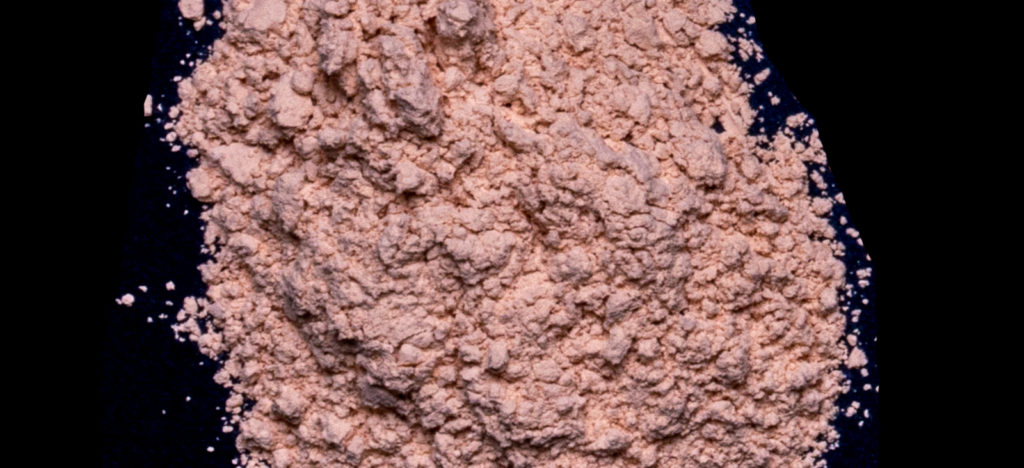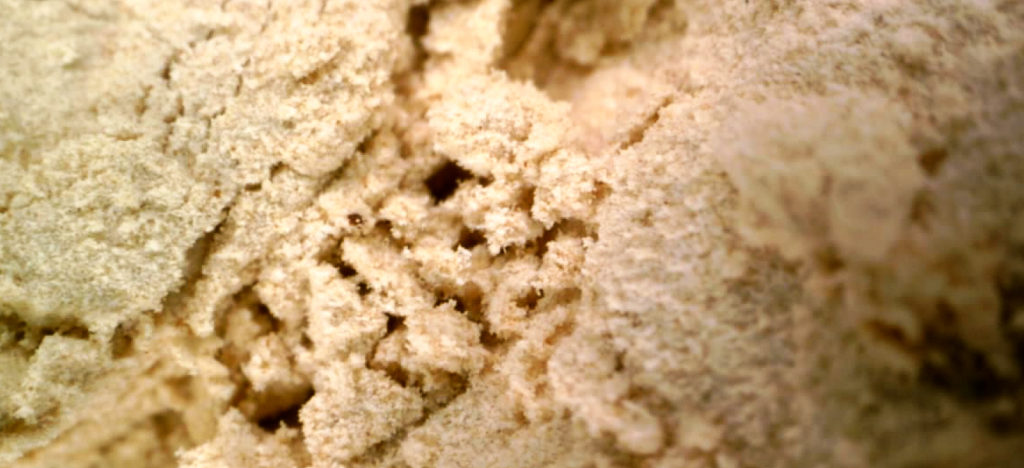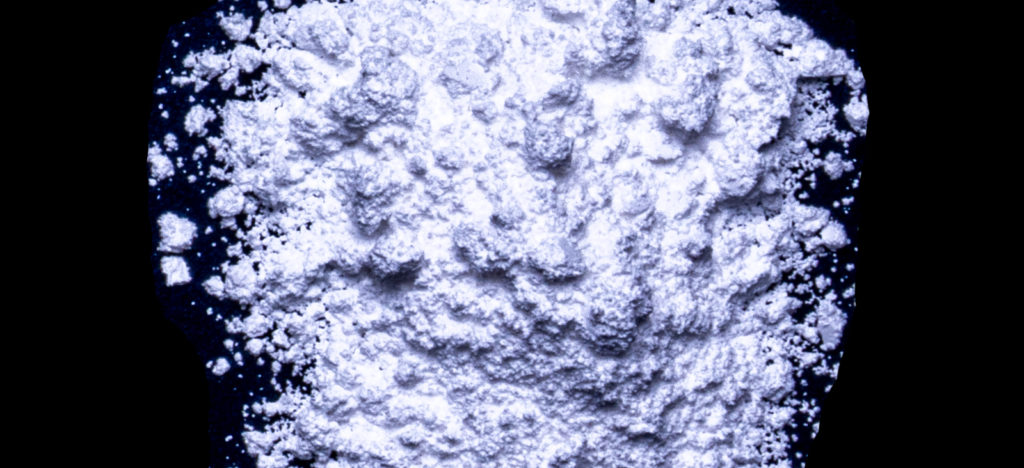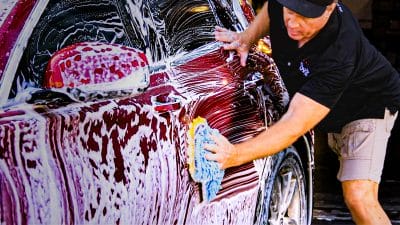Last Updated April 29, 2022
MicroSphere Abrasive Technology (MSAT) is what Dr. Beasley’s Nano Surface Primer line uses to cut defects out of the clear coat. This technology (which up until now was pretty much unheard of in the detailing industry) completely surpasses old abrasive tech when it comes to cut rate, precision and overall smoothness.
In this article, we’ll break down how old technology like DAT and SMAT worked, what their drawbacks were, and how microspheres are breaking new ground as we put away the polishes and start picking up the Nano Surface Primers.
Older Technology
Back in the old days, detailers used to call polish “a can of rocks” because of how big, jagged, and rocky the abrasives inside were. But even as the 20th century wore on, things didn’t get much better for abrasive tech. For a while, Menzerna’s DAT (Diminishing Abrasive Technology) was as high-tech as it got. Then in the mid-00s Meguiar’s ported SMAT (Super Micro Abrasive Technology) into the detailing industry. These technologies worked fine for the time, but with the advent of ceramic nanocoating technology they’re starting to show their age, majorly. Let’s explain why.
DAT (Diminishing Abrasive Technology)

DAT is basically what it sounds like. The abrasives break down in size (diminish) as the machine buffer corrects the paintwork, thereby ensuring you don’t cut too far—clear coat is very thin, after all. This is done by using aluminum oxide as the abrasive material, as it breaks down into tiny crystals. The diminishing aspect may seem like an advantage at first, but DAT does have its downsides.
For one, they’re quite imprecise in terms of size. Manufacturers use tiered sieves with increasingly narrow openings to sort abrasives by size, but the sieve openings actually allow a pretty wide range of abrasive particle sizes to go through. Too much variance in particle size and you start to get an inconsistent cut rate, which leads to an unlevel surface.

Then there are the issues that stem from the diminishing nature of the abrasives. After awhile, the abrasives break down and your buffer stops cutting. If you’re not satisfied with the results you’ve gotten at that point, you have to re-apply to the pad and use more product to get back to cutting. That also makes it tough to get a precise cut, since you never know when your abrasives will give out. Overall, DAT leaves a lot to be desired.
SMAT (Super Micro Abrasive Technology)

Unlike diminishing abrasives, which break down until they stop cutting, super micro abrasives maintain their size, continuing to cut as long as your buffer is turned on and pressed against the paint. Because they’re made from aluminum oxide crystal, they don’t break down as your buff. That certainly has its advantages over diminishing abrasives, but the technology still falls short of nanocoating-ready precision.

First of all, the size sorting process used for SMAT is the exact same as DAT, so you’re still getting a pretty wide range of particle sizes. For example, when you examine super micro abrasives at the microscopic level, you can really start to see how jagged and irregularly shaped they are. Now, they might cut alright, but they’re not going to leave a very smooth surface, which means a less-than-ideal gloss. That’s partially why ultra fine finishing polishes are so popular—they gently sand down that bumpy surface for a glossier look.
MSAT (MicroSphere Abrasive Technology)

All these old technologies fell short because they were inefficient and imprecise. They complicated workflow with the need to compensate for unsmooth results and imprecise cut rates. That’s why Dr. Beasley’s is using the more technologically advanced MicroSphere Abrasive Technology in their upcoming Nano Surface Primers.
Microspheres can be made from a variety of different materials, like ceramic or glass. Dr. Beasley’s, however, are made from a proprietary material that offers an unrivaled cutting ability. This unique cutting material, combined with microsphere’s precisely-sized, spherical nature, delivers precision results previously unseen in paint correction.
Beads Cut Better Than Rocks
Whereas DAT and SMAT abrasives are tiny jagged rocks, microsphere abrasives are perfectly spherical beads that are mere microns in size. The spherical shape maximizes the surface area available to cut the paint with, resulting in a faster and more even cut.

Compare that with the irregular rocks of old technology, where the surface area for cutting is limited to whatever protrusions randomly occured in the manufacturing process. This slows down the cut rate and worsens leveling, creating inefficiency and poor results. As you can see, microsphere advances in cut rate are truly key to optimizing time and technique in coating application.
Uniform Size, Uniform Surface
Microspheres are engineered and curated for hyper-precise sizes, with practically zero variance from particle to particle. The more uniform the particles, the more uniform the cut rate and the more uniform the surface. And as you may know, a smoother surface means more gloss! Considering the shine of coating is mostly in the paint correction before hand, that’s a huge deal.
Compare that to the DAT and SMAT particles we discussed earlier, which have a surprisingly high variance in size from the sifting process the undergo. When you’ve got tons of different sized abrasives cutting at different rates, you’re inevitably going to end up with a rough surface with an underwhelming shine. If you’re serious about coating application, a microsphere-smooth surface is a must-have.
There’s Even More To Know
These are all just the basics on microsphere abrasive technology. We’ll be returning to them in a later blog on the “Science of Smooth” and what goes into making clear coat shine.





Questions? Comments?
Email Us